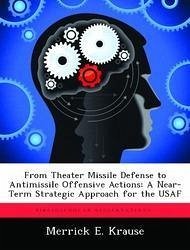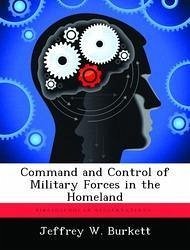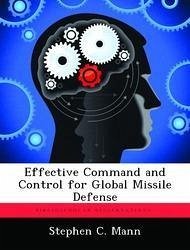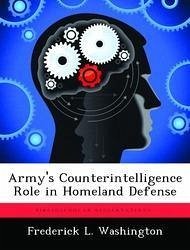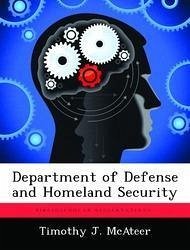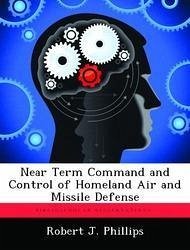
Near Term Command and Control of Homeland Air and Missile Defense
Versandkostenfrei!
Versandfertig in über 4 Wochen
52,99 €
inkl. MwSt.
Weitere Ausgaben:

PAYBACK Punkte
26 °P sammeln!
The events of 11 September 2001 revealed that America was no longer impervious to aggression. When terrorists attacked, no defensive forces were immediately available to defend the homeland. One of the comprehensive changes was an update of the Unified Command Plan creating a new command, NORTHCOM, to oversee defense of North America and splitting the Unified Command of NORAD and USSPACECOM. NORAD aligned under NORTHCOM while USSPACECOM was subsumed by STRATCOM. This created the paradox of what to do with the mission of homeland air and missile defense. The geographic combatant command of NORT...
The events of 11 September 2001 revealed that America was no longer impervious to aggression. When terrorists attacked, no defensive forces were immediately available to defend the homeland. One of the comprehensive changes was an update of the Unified Command Plan creating a new command, NORTHCOM, to oversee defense of North America and splitting the Unified Command of NORAD and USSPACECOM. NORAD aligned under NORTHCOM while USSPACECOM was subsumed by STRATCOM. This created the paradox of what to do with the mission of homeland air and missile defense. The geographic combatant command of NORTHCOM retained NORAD's mission of aerospace defense of the homeland, while STRATCOM's functional command gained the integrated missile defense mission. Missiles can traverse multiple AORs, yet the defense remains the geographic commander's responsibility. It is not viable to split the roles and missions of the limited assets performing the dual role of air and missile defense. Applying the FAS test to different COA determined that it is best to maintain the AMD mission but divide the assets between the two commands based upon system capabilities and threat launch locations.






